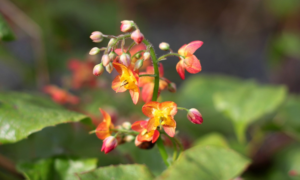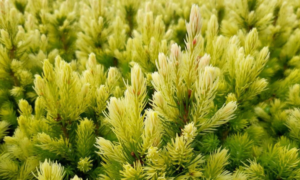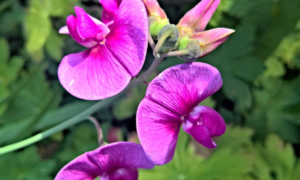We independently research, review, and recommend the best products. If you buy something through our links, we may earn a commission. Learn more.
Winter is a time for your houseplants to rest and recharge. Much like us. But rather than exclusively living off twiglets and prosecco, they’ll need to cut their calorie intake with less water, light, and fewer nutrients than during the growing season. As such, it’s important to adjust your care routine accordingly.
Here’s how to keep your indoor plants healthy during the winter months:
Contents
Water Less Frequently
During the winter, your plants will need less water because they’re not growing as much. Stick to watering only when the top two inches of soil feel dry, which should be around once every few weeks. Be careful not to overwater, as this can lead to root rot.
Light Up Their Life
Shorter days mean less sunlight, so help your plants make the most of the available rays by moving them closer to a window. If you don’t have a sunny windowsill, you could try using a grow light or place your plants in a conservatory or porch.
Pause Plant Feeding
Plants only need be fertilising when they’re actively growing. During the winter they’re dormant, so you can stop feeding them. When spring arrives, you can resume fertilising monthly.
Keep Them Warm
Indoor plants don’t like extreme temperatures, so keep them away from hot radiators and cold drafts. A consistent temperature is best.
To protect your plants from drafts, you could use draft stoppers on windows and doors, or place them on a tray filled with pebbles and water to create a humid microclimate.
Discount Dropped Leaves
Don’t worry, it’s normal for some plants to drop leaves during the winter as they conserve energy. Avoid the temptation of over-watering or fertilising in an attempt to prevent this; it will do more harm than good. Be patient and let your houseplants rest — they’ll be ready to grow again when spring arrives.
Common Winter Plant Problems
Yellowing Leaves
Yellowing leaves can be a sign of over- or under-watering, or a deficiency in nutrients. To fix this problem, adjust your watering schedule and consider fertilising your plants.
Wilting
Wilting can be caused by under-watering, but it’s also a sign of over-watering or a root issue. If your plant is wilting despite being watered regularly, check the root system for signs of rot or pests, and adjust your watering schedule accordingly.
Pest Infestations
Pests are a problem for indoor plants at any time of year. But during the winter, when plants are less active and growing more slowly, pests may be more difficult to detect. Keep an eye out for signs of infestation, such as holes in leaves or sticky residue, and use an appropriate treatment to control the pests.
By following these tips and staying vigilant for signs of stress, you can help your houseplants survive the winter. Take the correct measures and they’ll thrive when the warmer weather returns.






